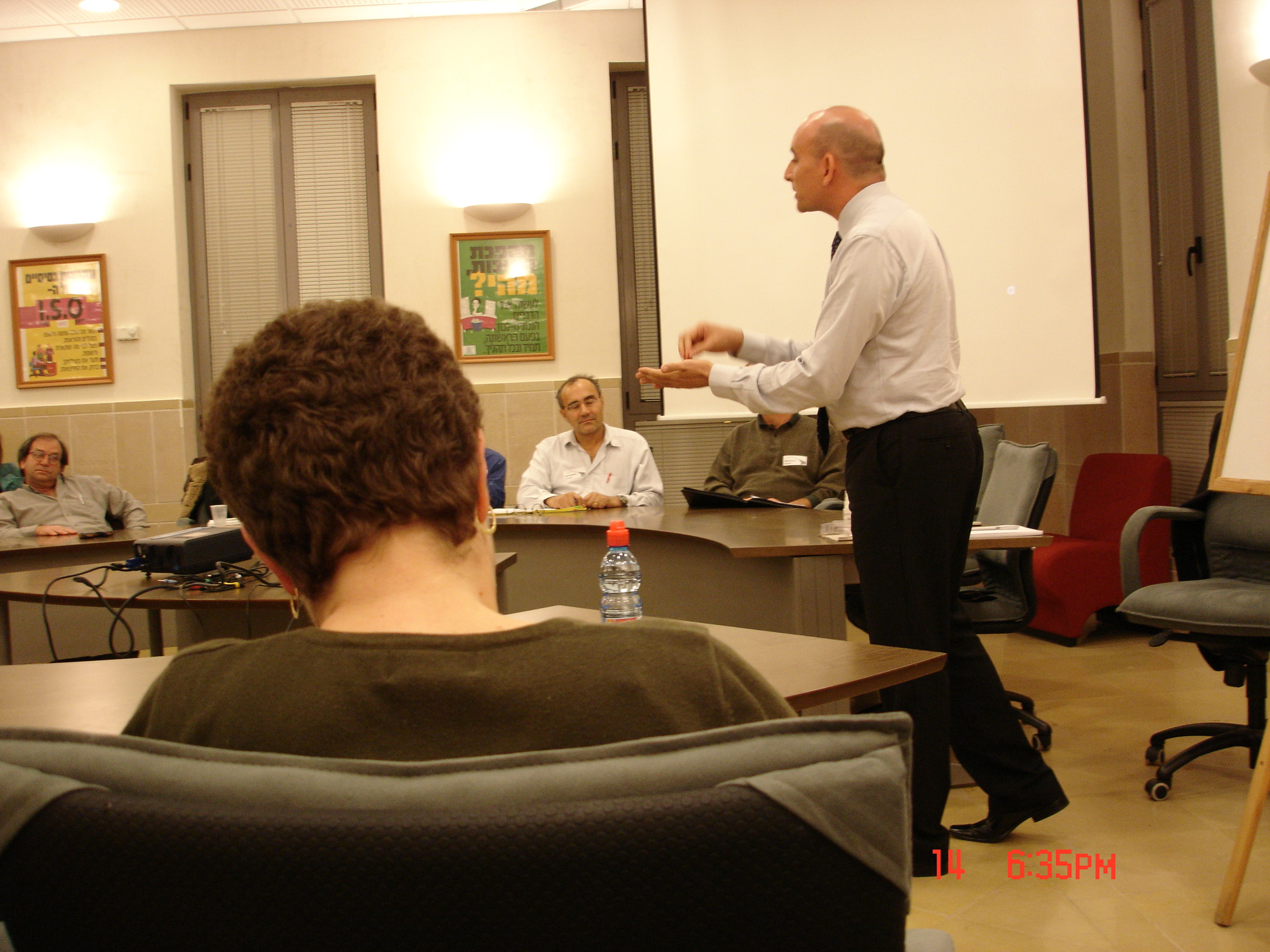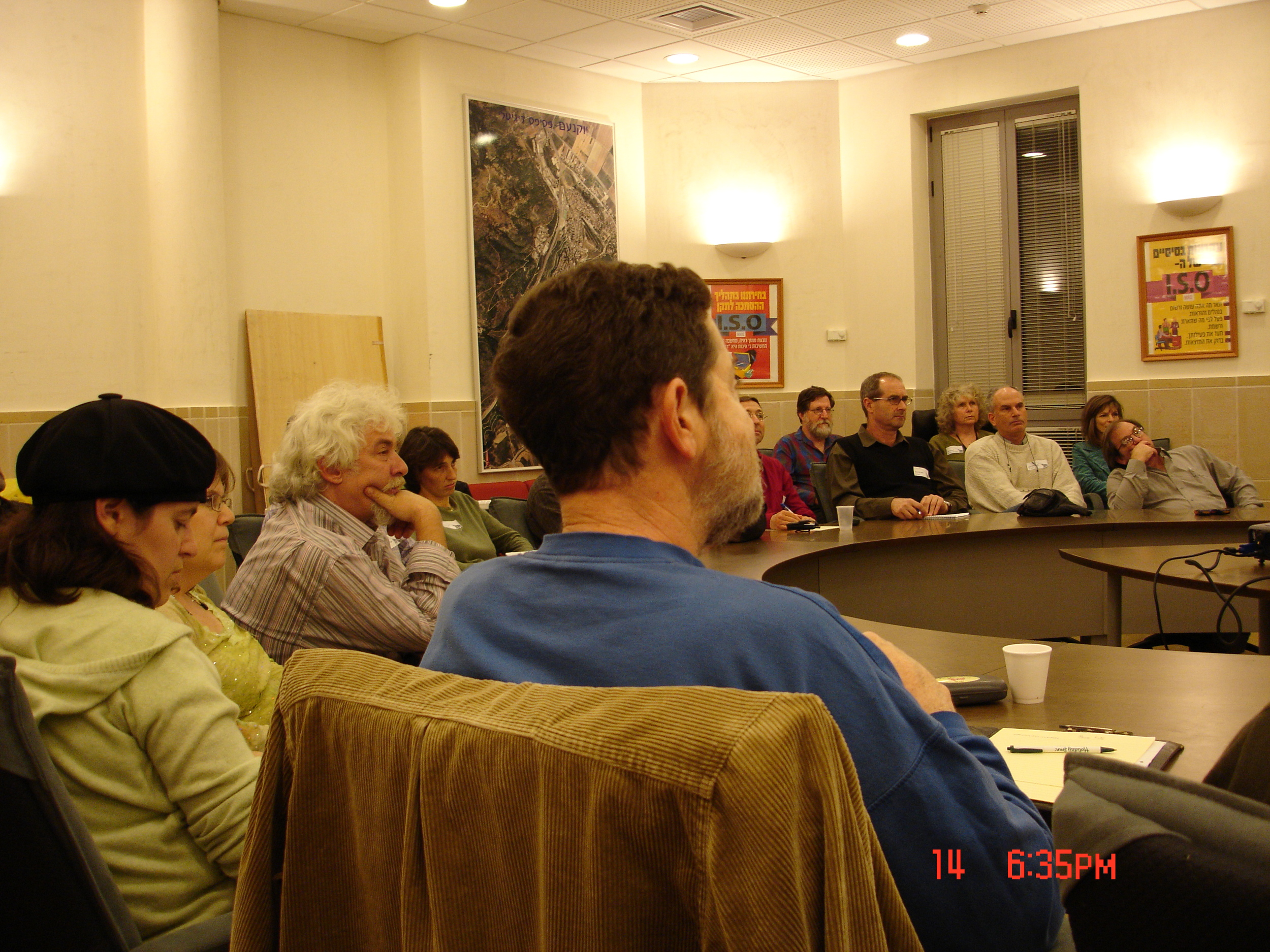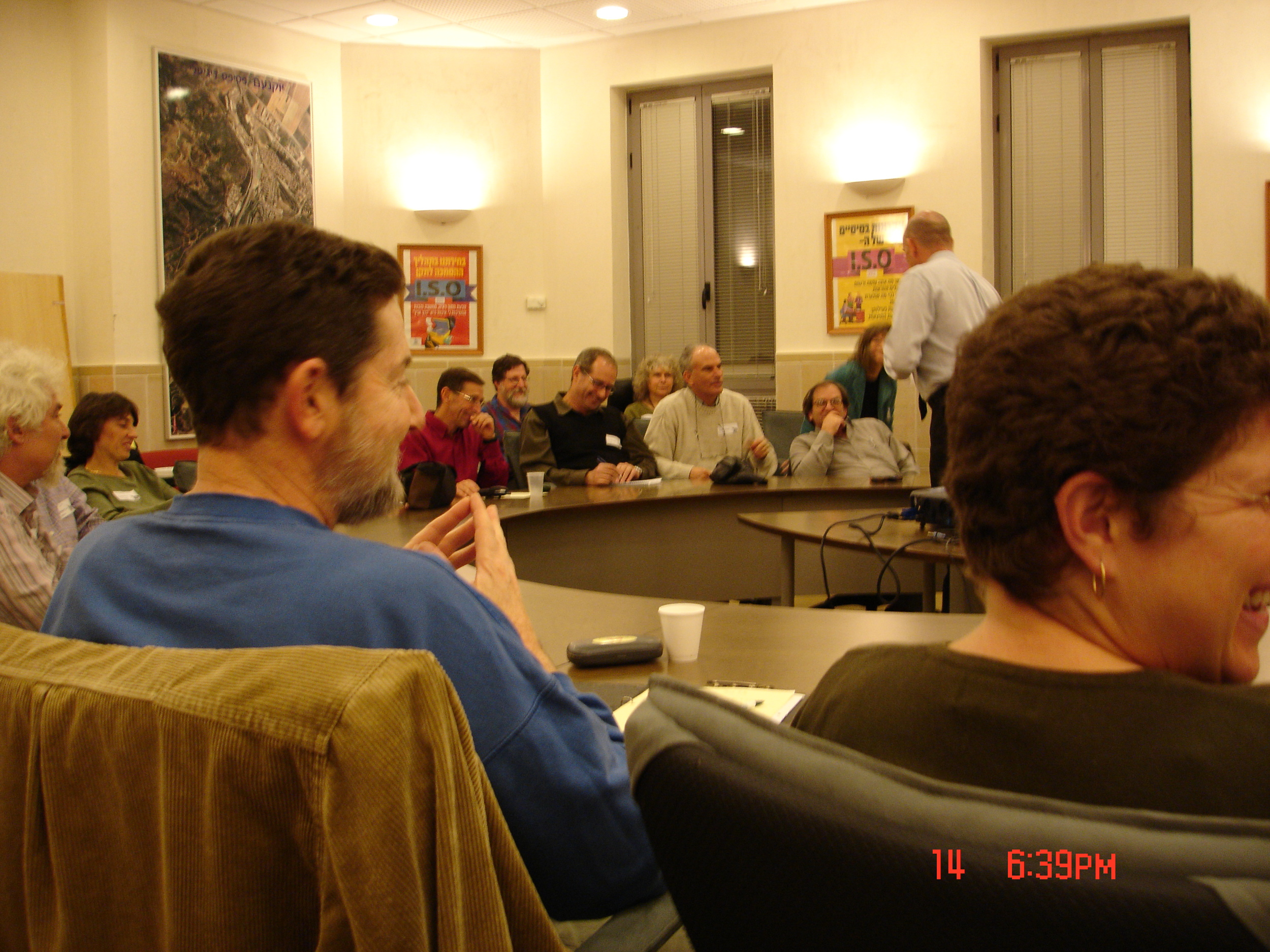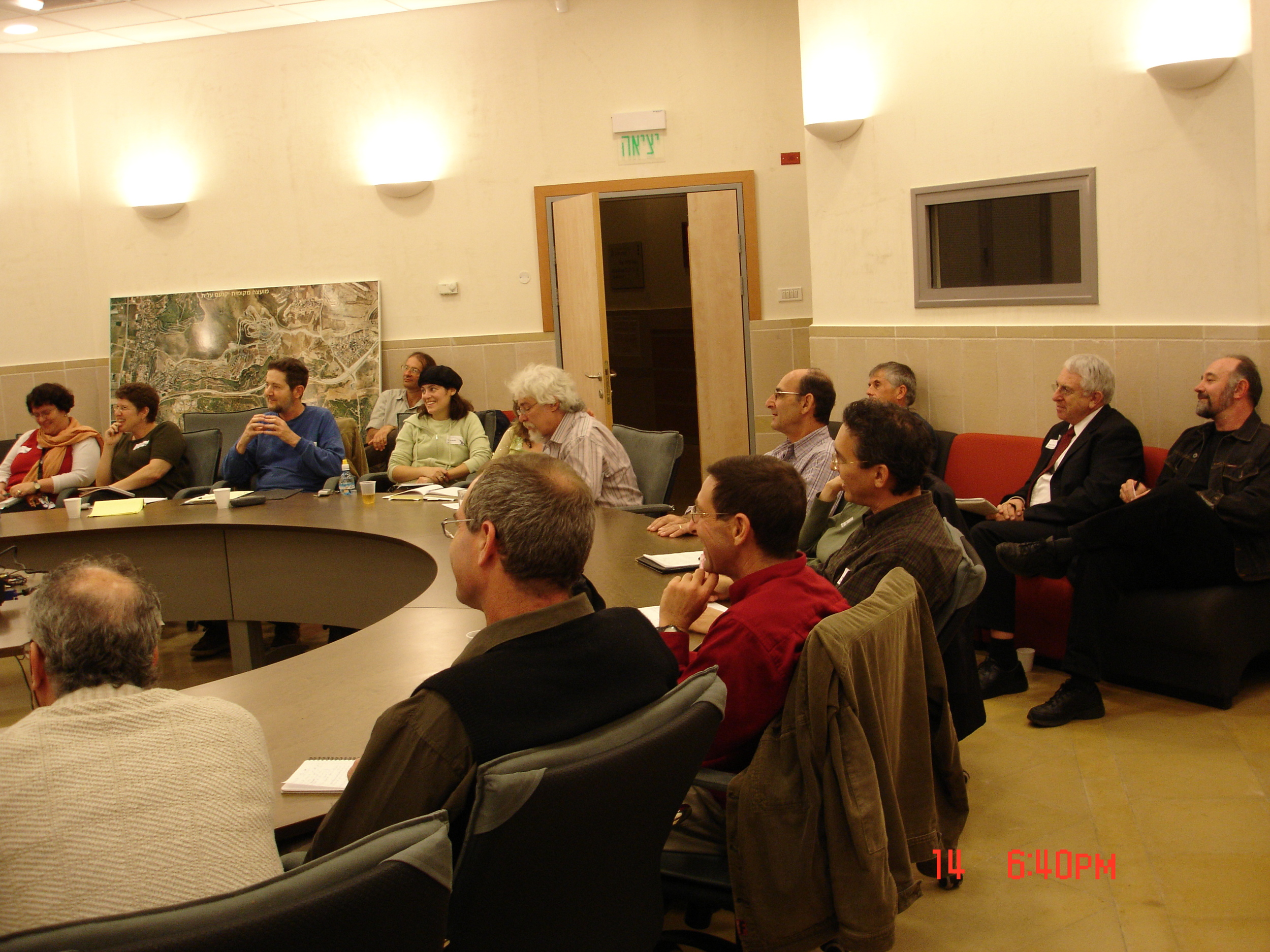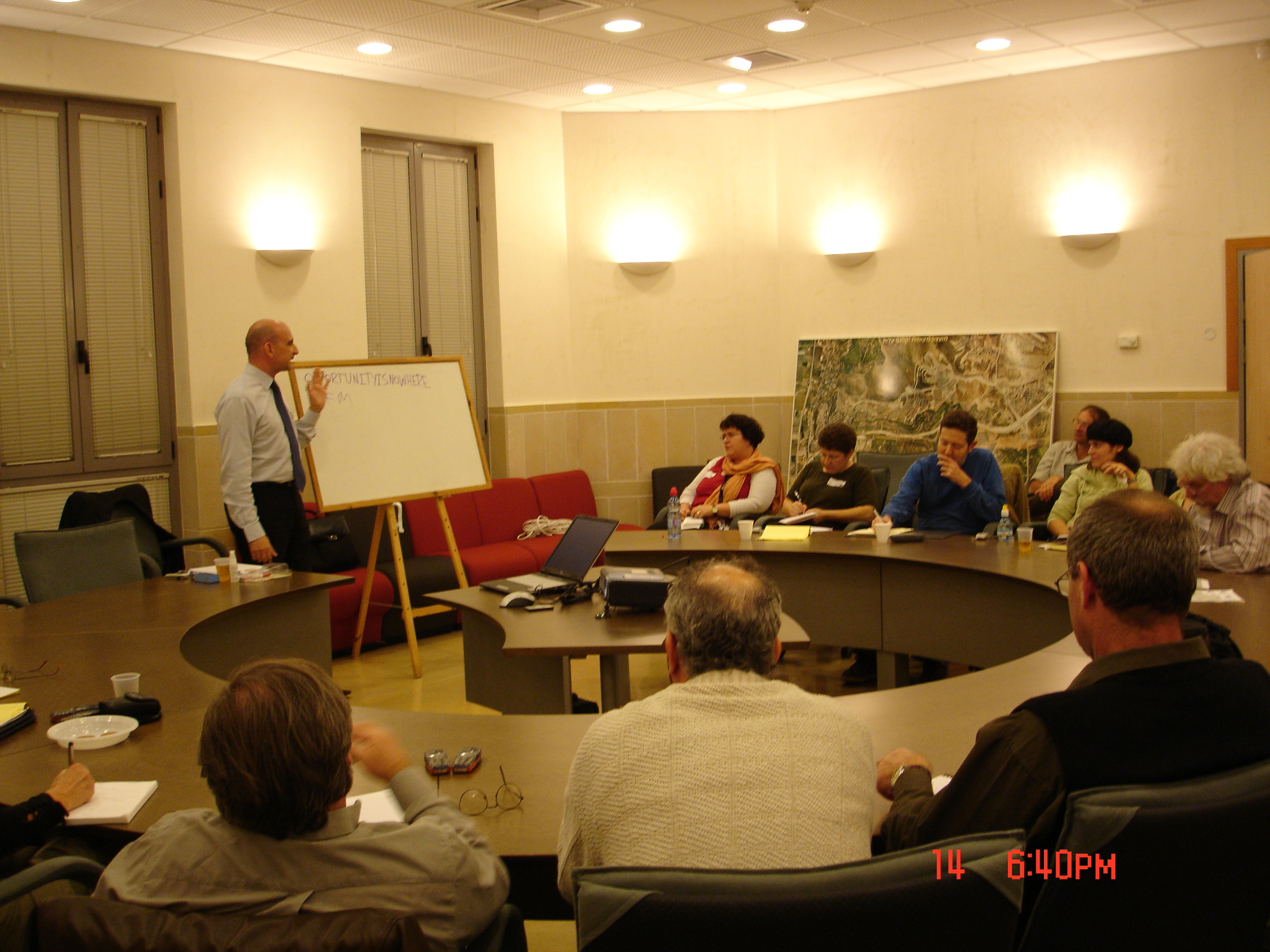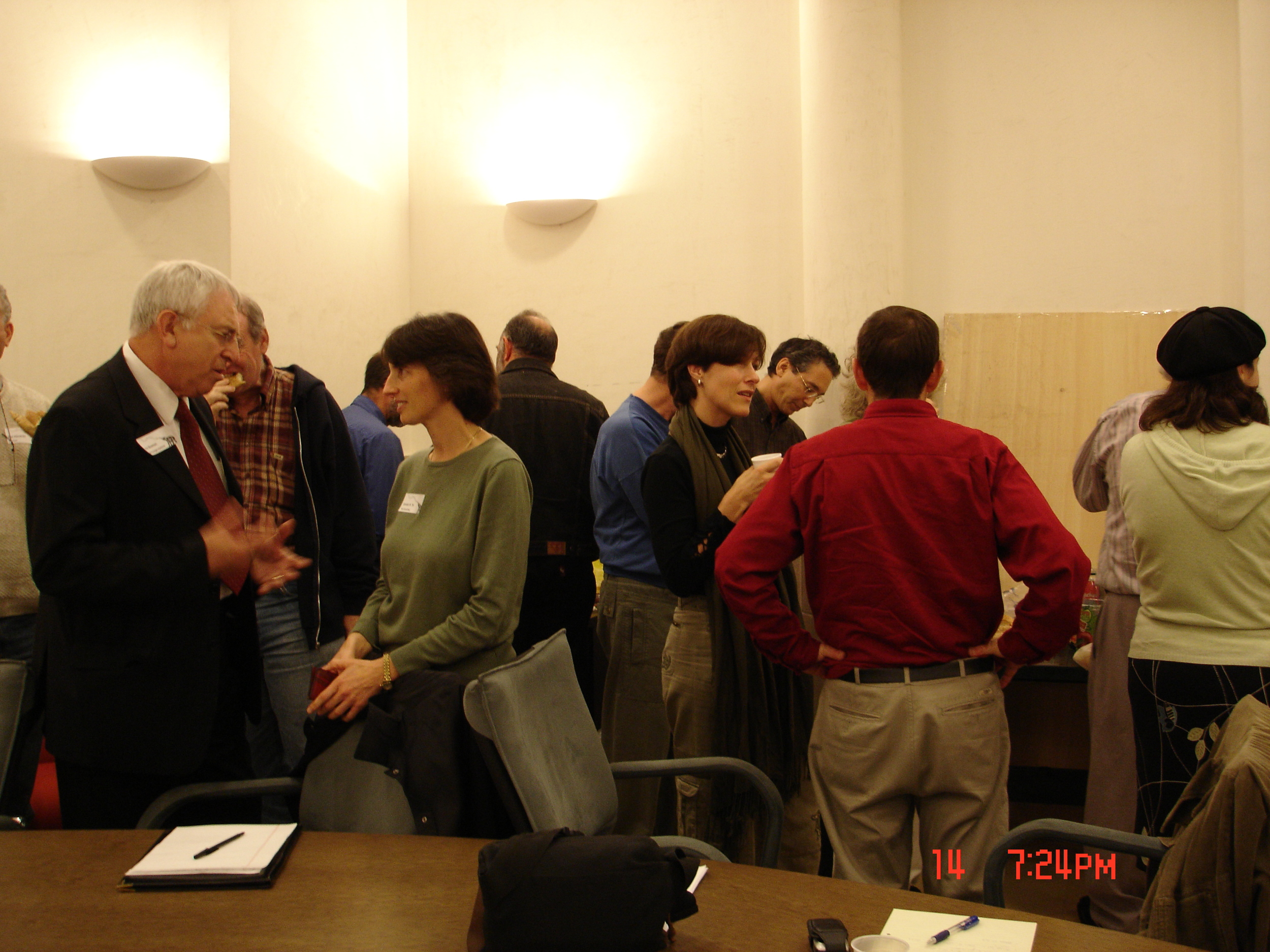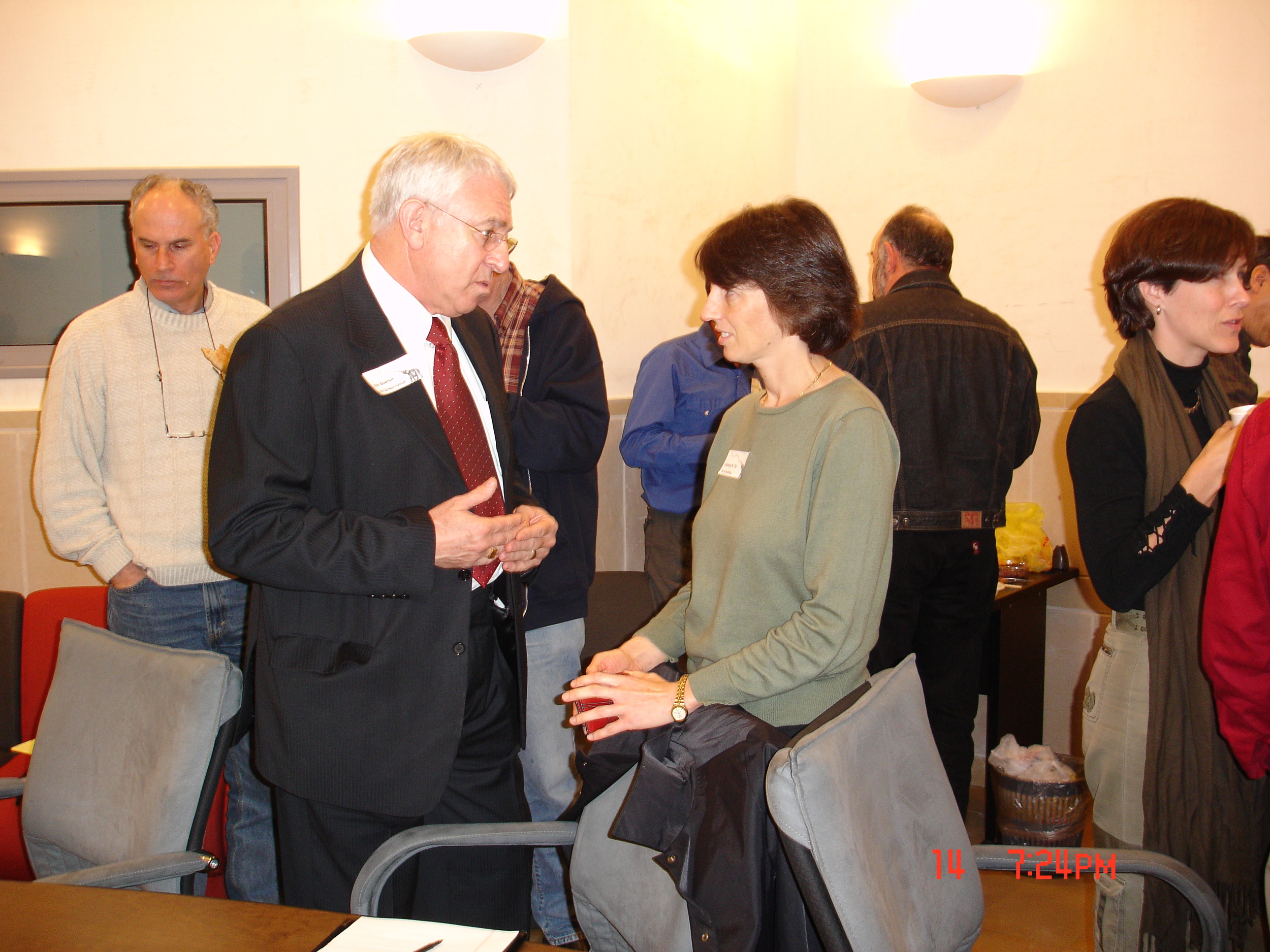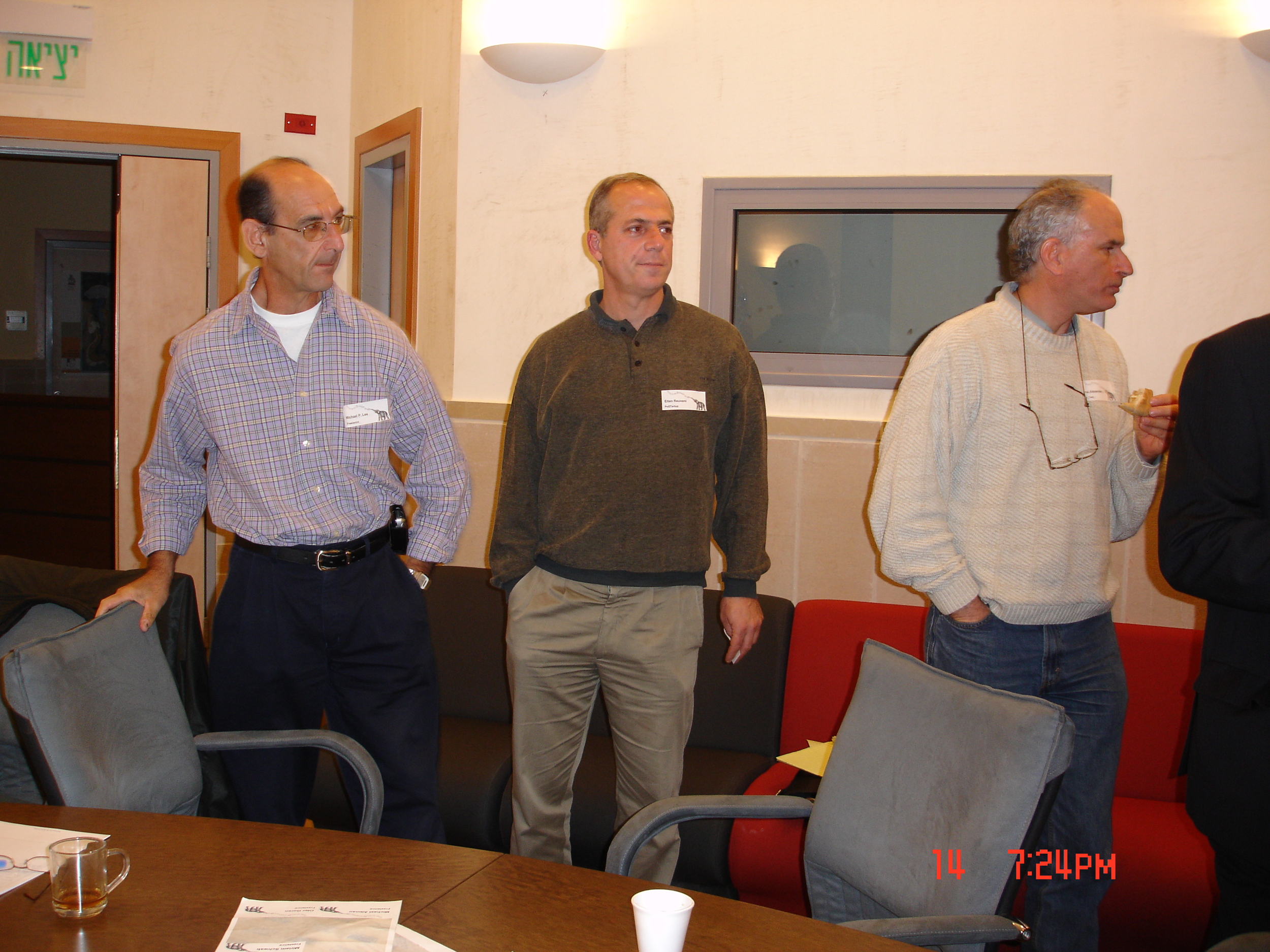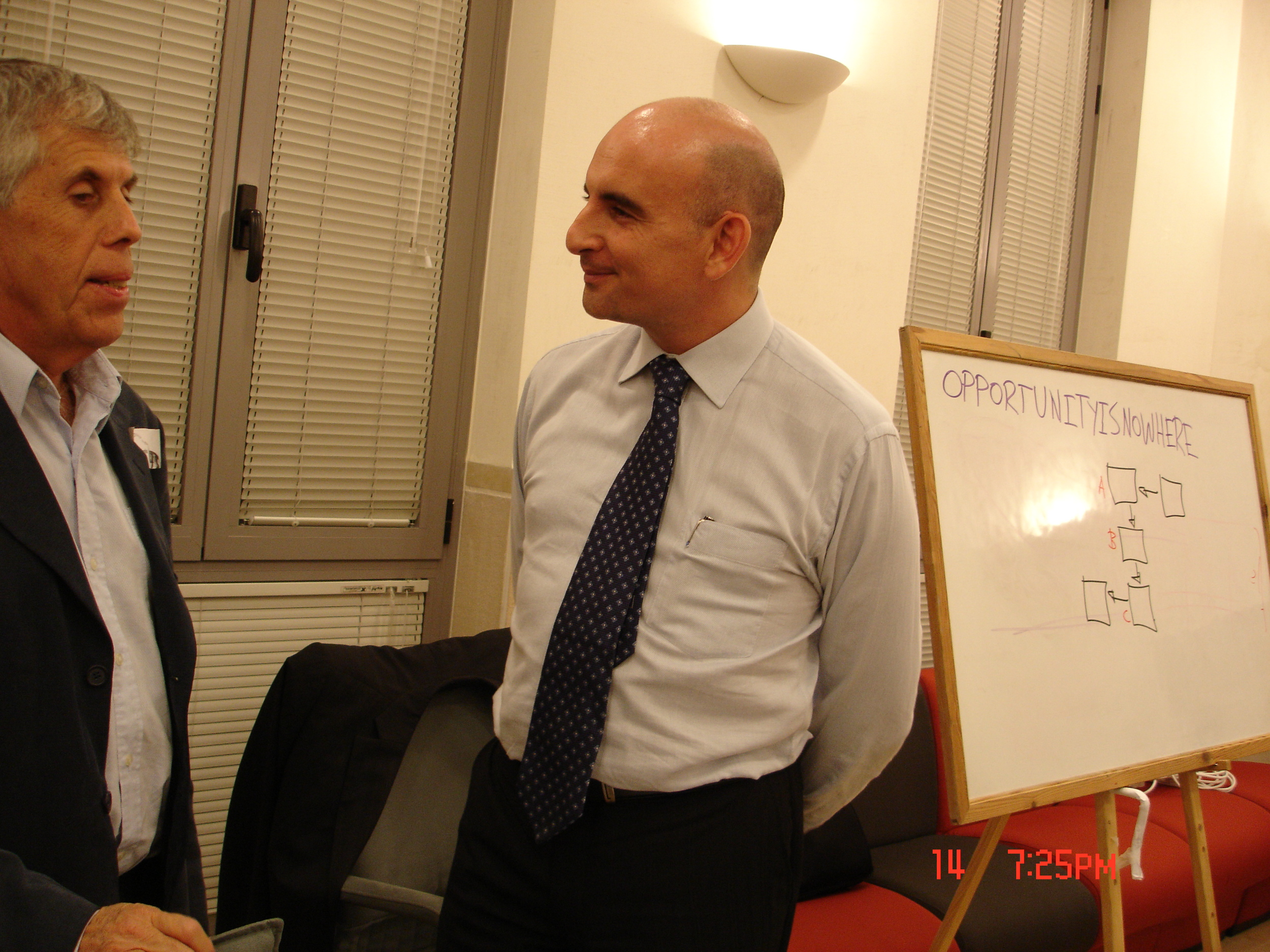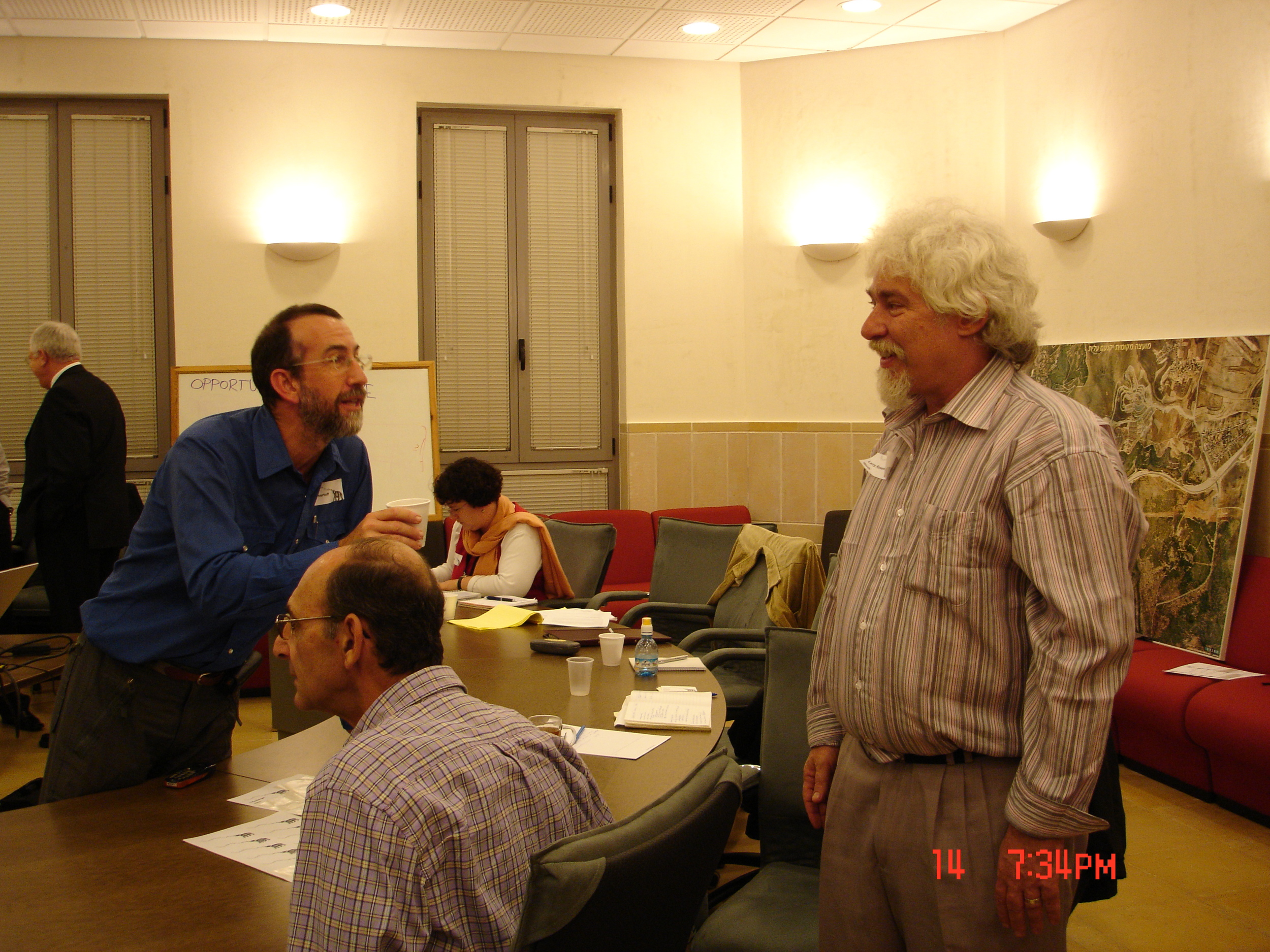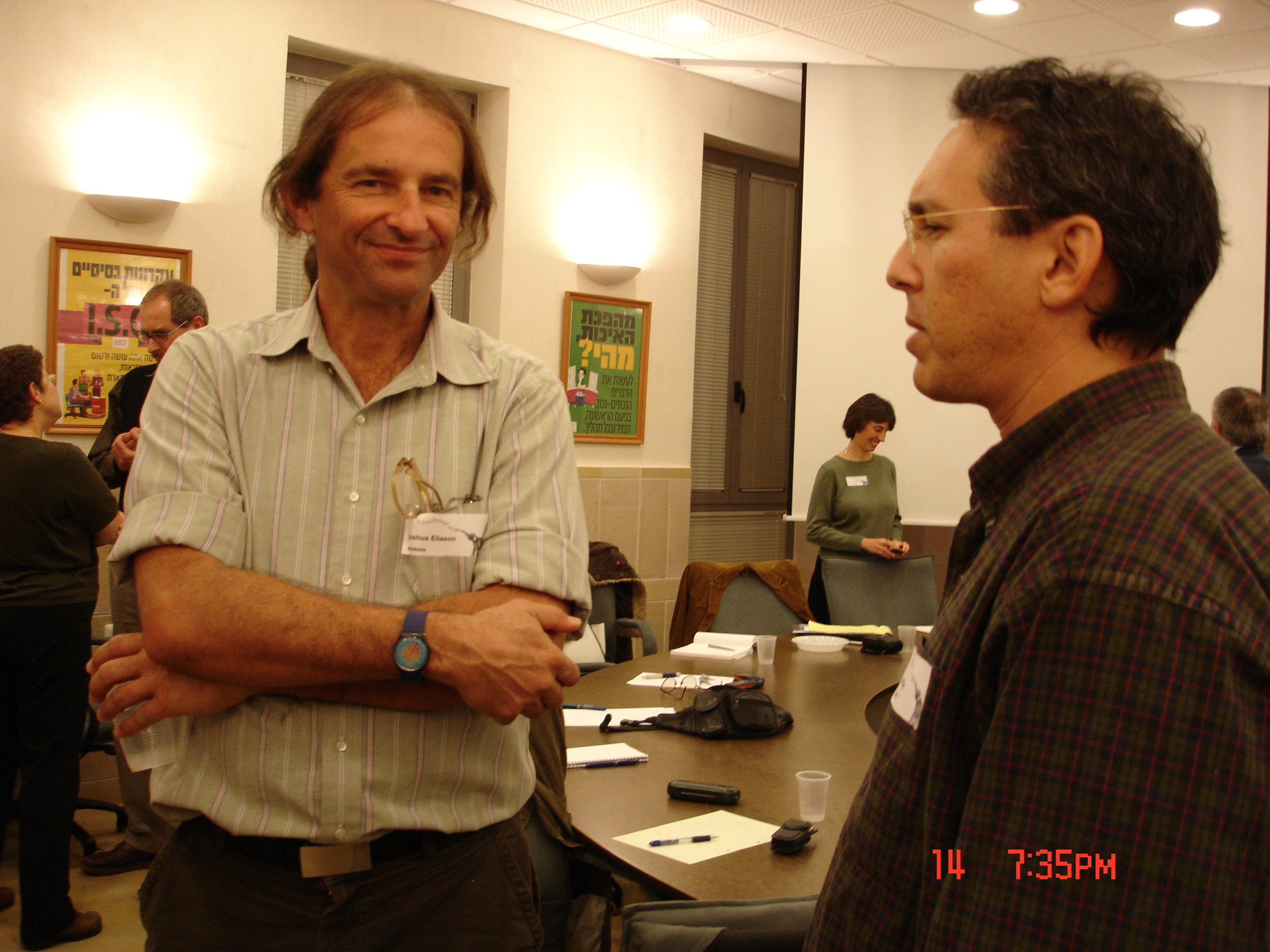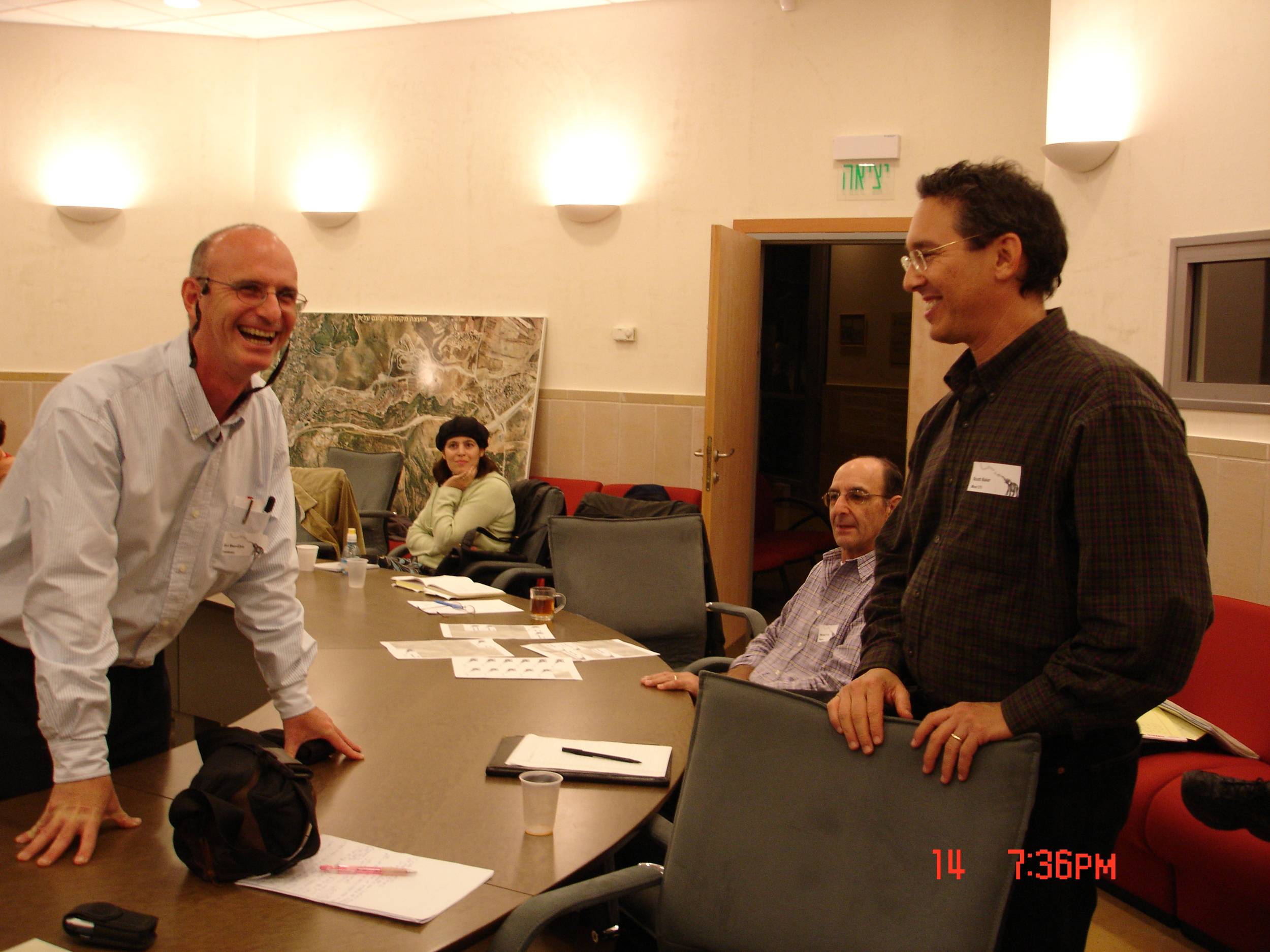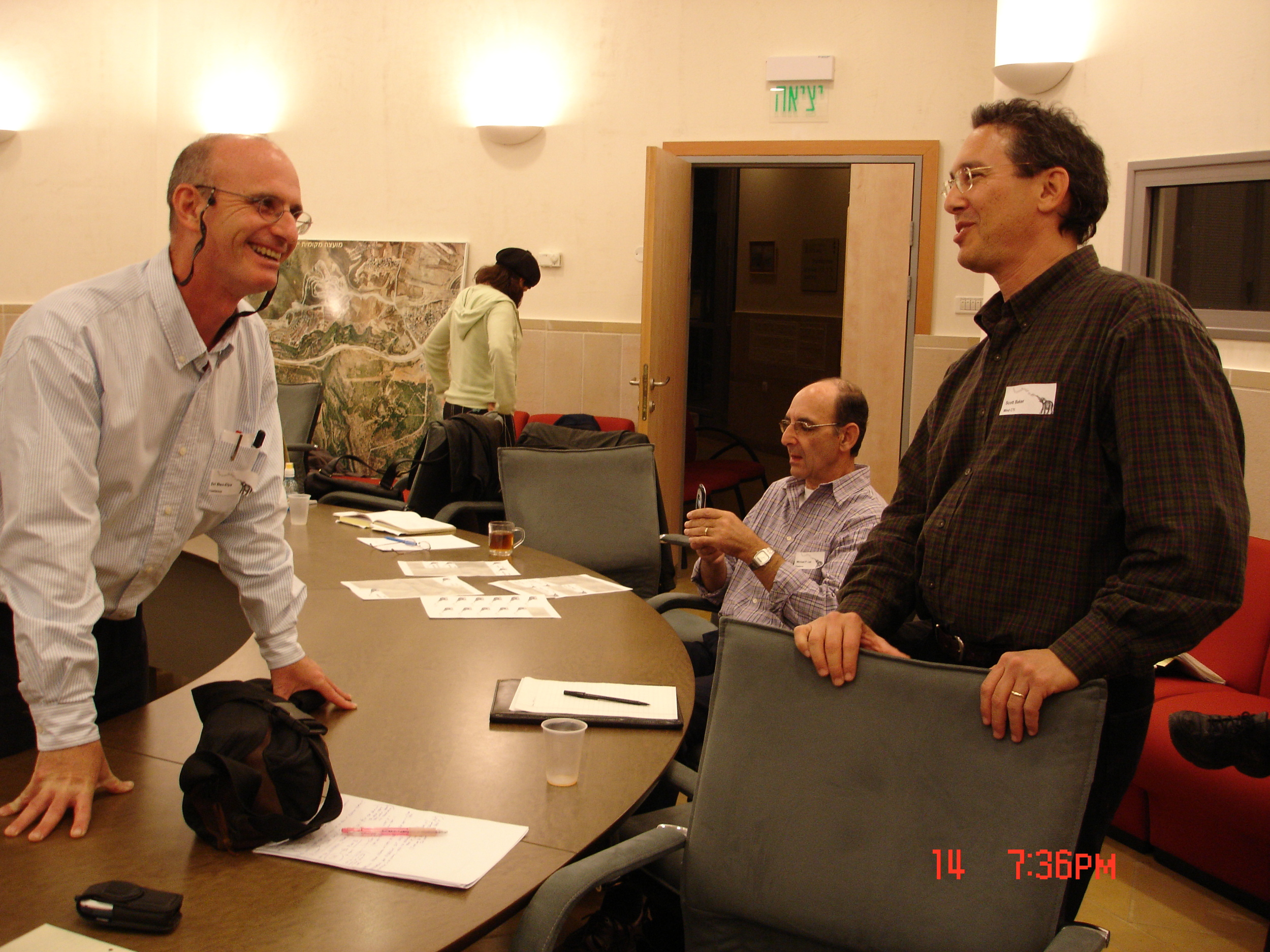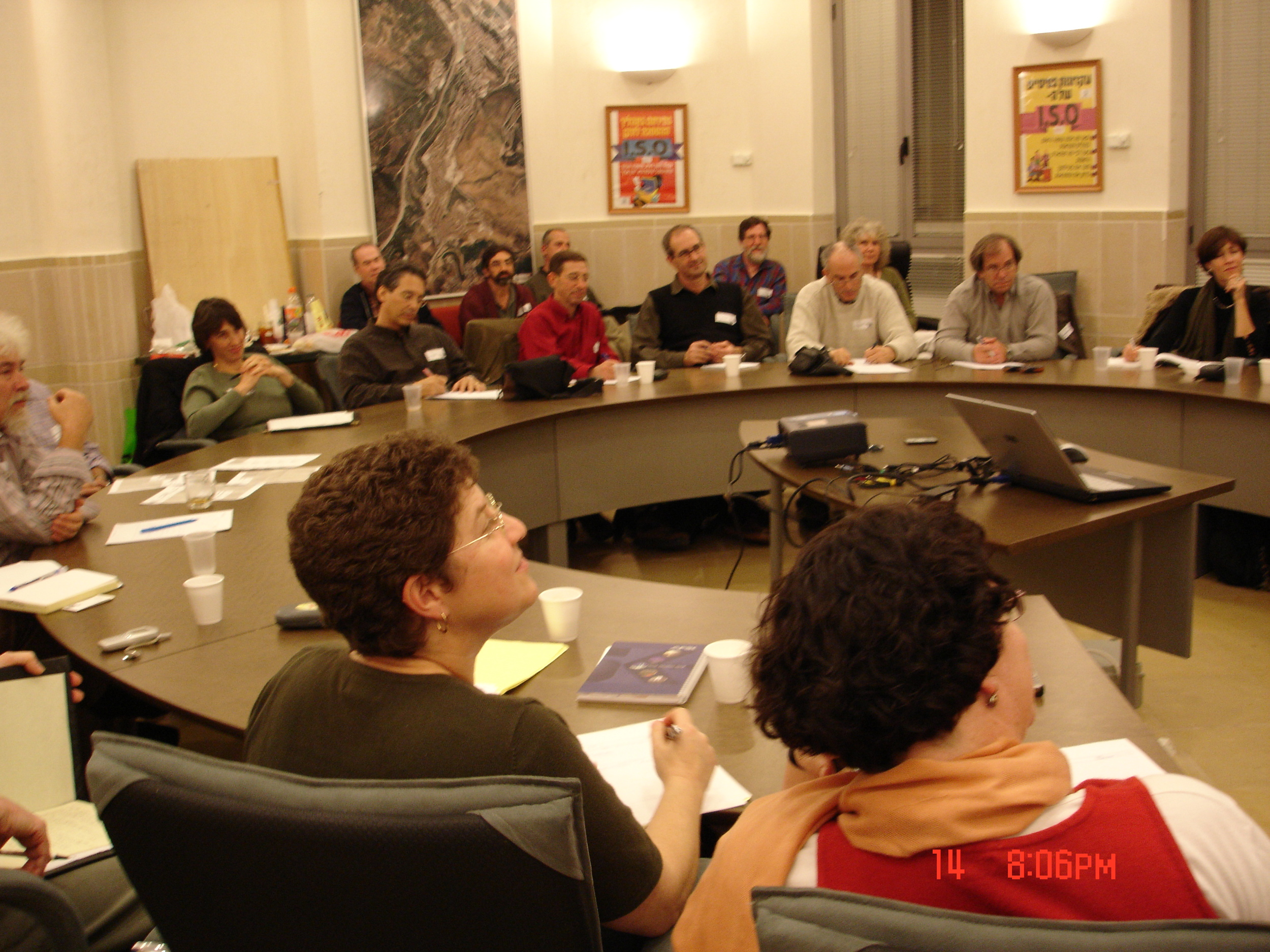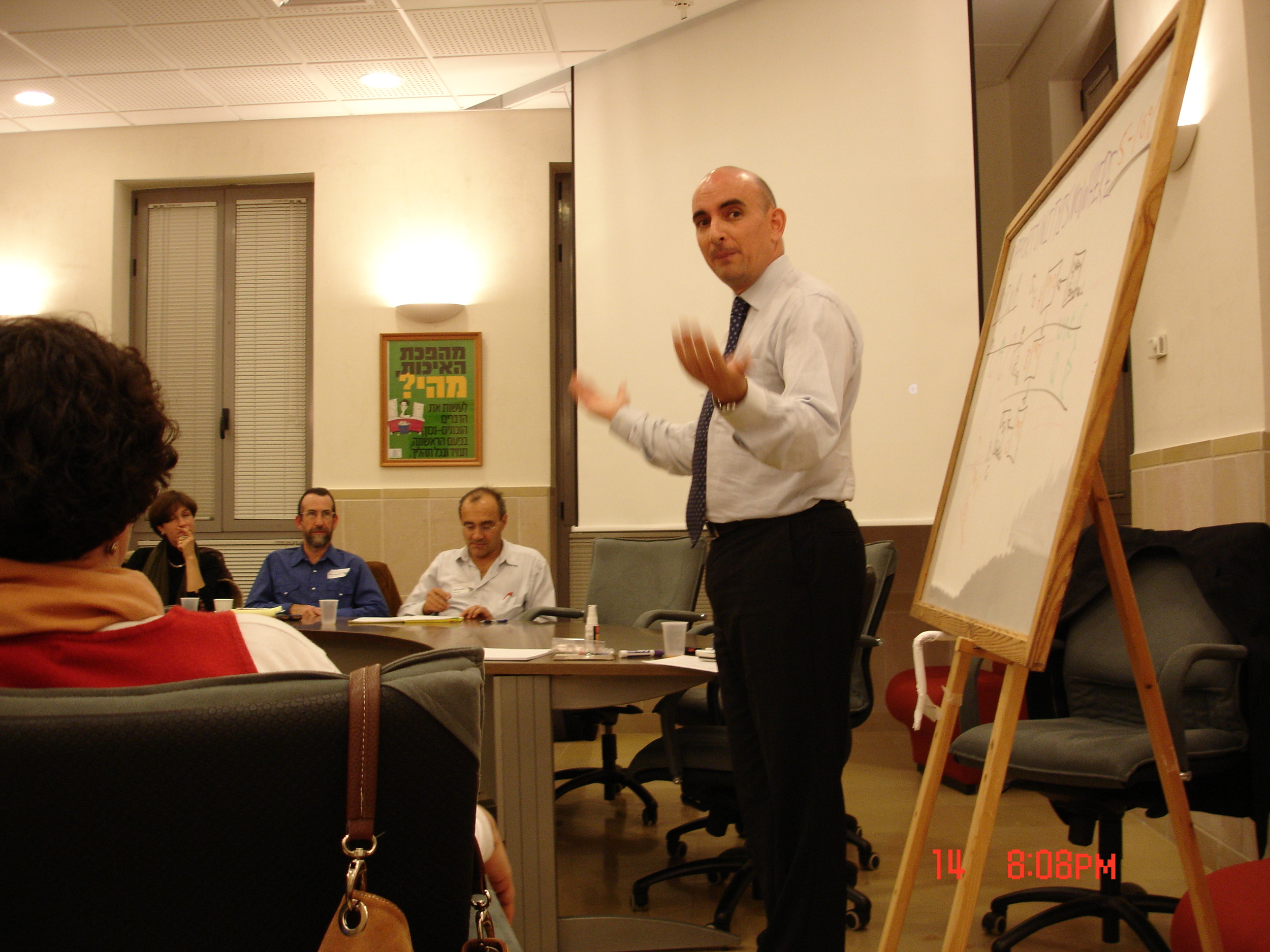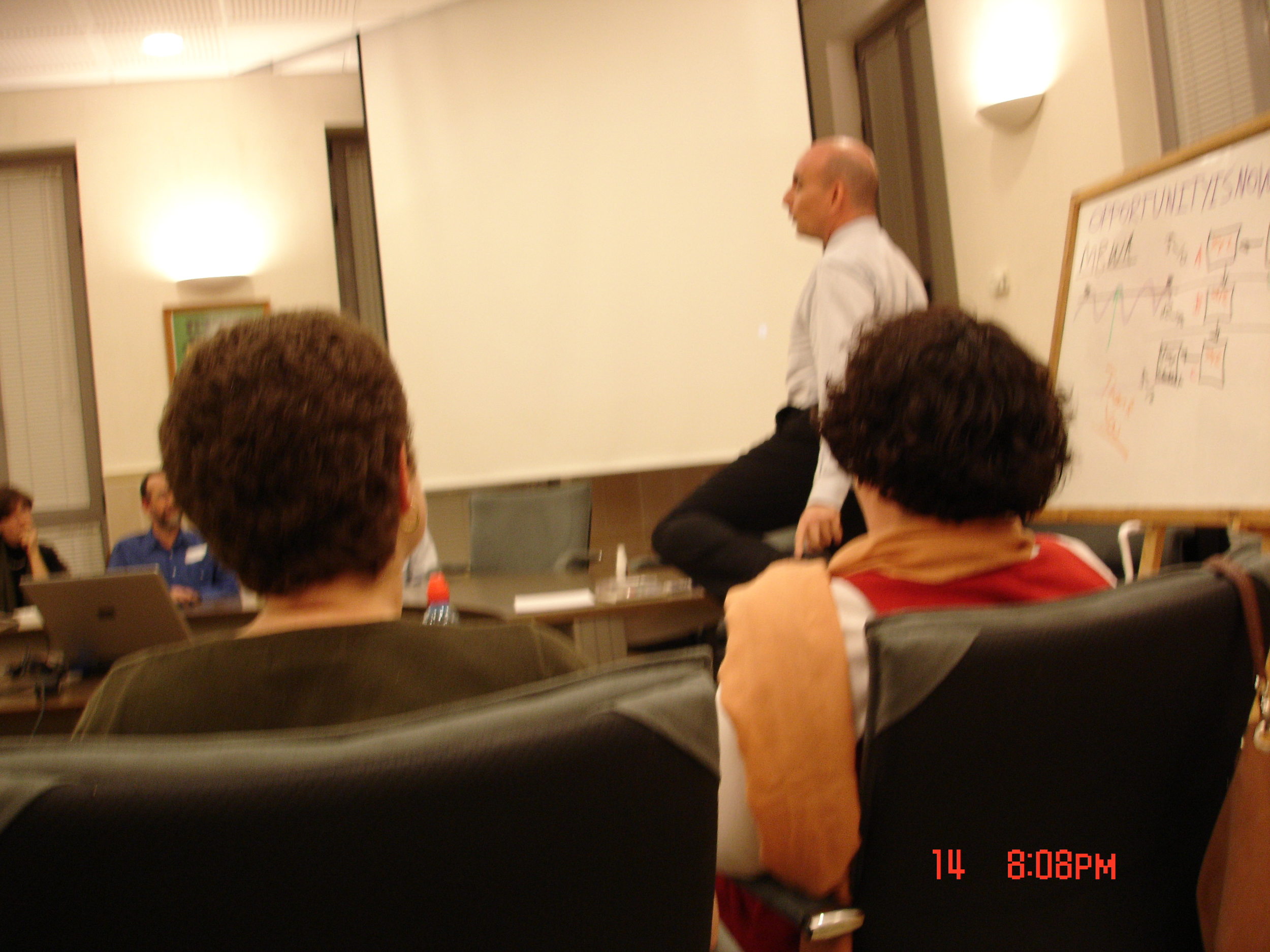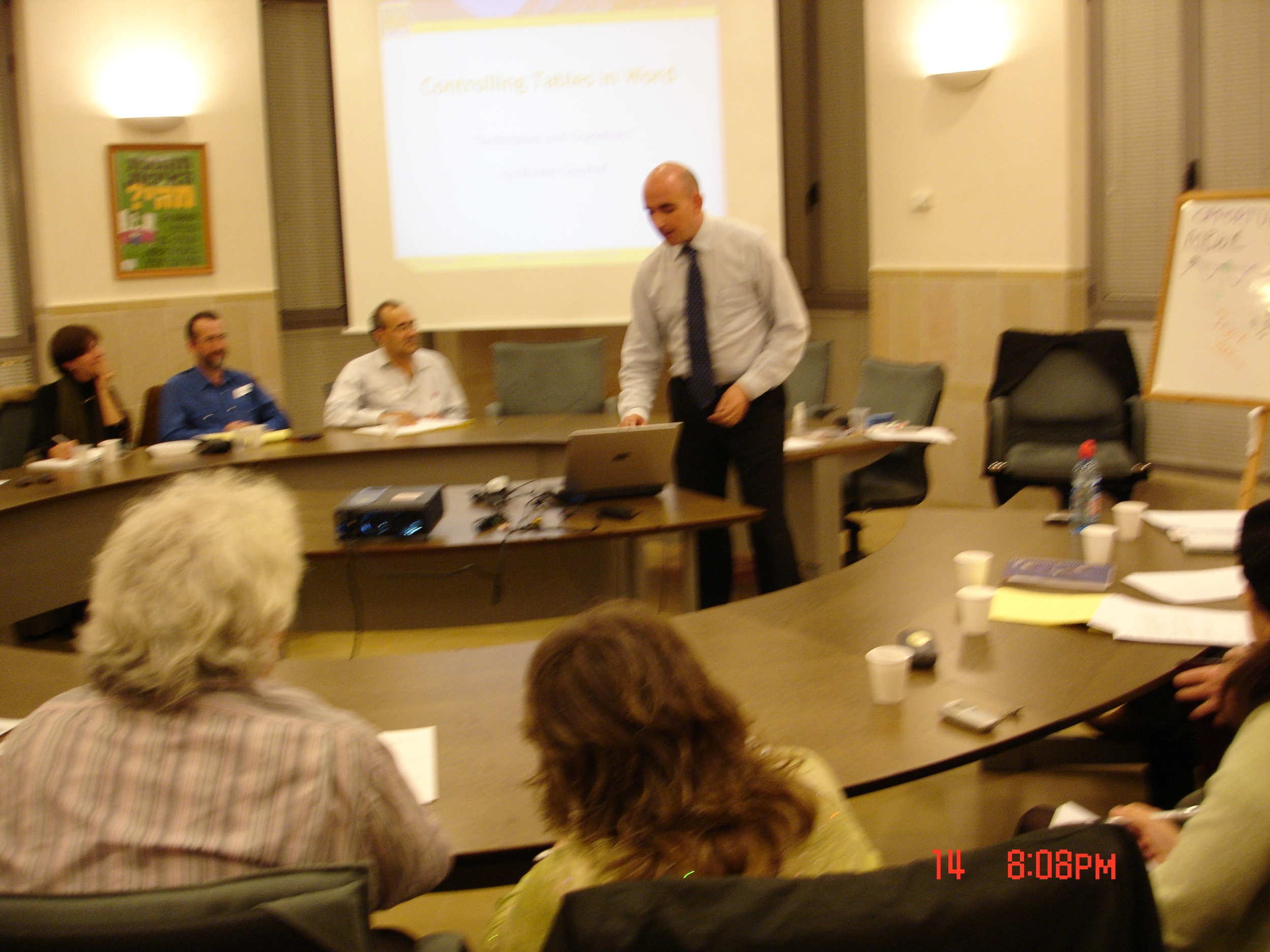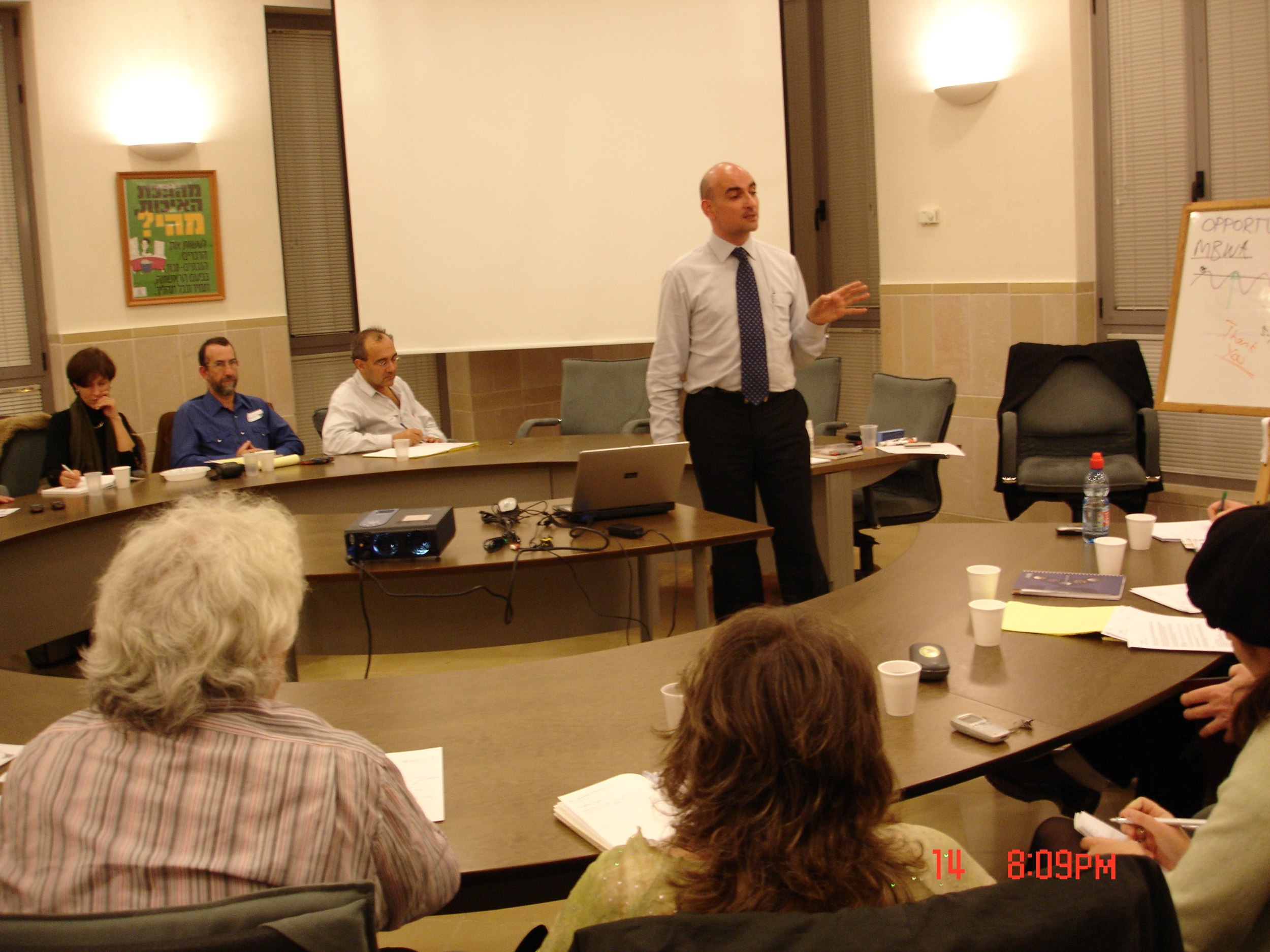Effective Presentation Skills
/Prepared by Avner Greenberg and Carolyn Tal
Last evening at the meeting of the Yokneam Forum of Technical Writers, Barry Katz, who passionately believes that improved communication has the power to better our lives, mesmerized the packed audience of Technical Writers at Yokneam’s City Hall with his lecture on Effective Presentation Skills. The writers came with high expectations and were not disappointed.
According to Barry, a presentation should never merely be an exercise in transferring information; the effective communicator must define what he wants the audience to do, think and feel. "Thinking is not enough because feelings last longer than facts”. Barry ably demonstrated the principles of effective presentation in his talk, capturing the audience’s attention from the outset and maintaining a high level of interest throughout the evening. No ‘Power Pointless’ tedium here; the audience was totally involved, not only through the content of the message but also through non-verbal means like making eye contact with each person, addressing them by name, and through the liberal use of humor and personal anecdotes.
Barry recommends that we pay attention to what the audience is paying attention to. He says that there is no right and wrong way to present. What is important is whether it is appropriate to your audience, location and time. Barry emphasized that presenting is always a sales event, where we want to take the opportunity to sell ourselves and have people buy our message. His approach is that "It's all about people." and that you "cannot not communicate". In order to succeed, all presentations need some type of interaction.
There are 5 parts to every successful presentation:
1. Planning and Preparation
2. Timing and Structure
3. Personal Delivery Style
4. Visual Aids
5. Question and Answers.
Of the 5, the most important part is Planning and Preparation. Always begin with your objectives, stated and hidden. If you don't know whyu, you can't figure out how to present. What do you want your audience to do, think, and feel as a result of the presentation? Who are you talking to? Focus on the WII.FM that your audience wants to hear (WII.FM = What's In It For Me?). Barry strongly recommends that we always have a "Plan B", that we prepare for different eventualities, and that we rehearse before any presentation.
Regarding Timing and Structure, Barry adds two parts (Entrance and Exit) to the tradional three part model of an Opening, a Body and a Closing).
Studies conducted on retention show that audiences only retain 5-10% of the content after 48 hours, so you need to choose the message that you want the audience to retain and hammer it in throughout all parts of the presentation. People's attention fades in and out throughout the presentation, but there are two points when you can expect to have the full attention of the entire audience, at the start and end. Therefore, as you approach the end of your allotted time, skip to the Closing even if you haven't covered everything in the Body.
Personal Delivery Style is just that, personal. You have to feel comfortable so be yourself and don't copy someone else's style because it doesn't work. However, there are techniques that you can use, such as recording participants' names during introductions so we can relate to audience members by name during the presentation. He emphasized that having at least some eye contact with everyone in the room is a way of acknowledging participants. Pay attention to what you wear, how you stand, and especially what you do with your hands - always keep them visible because it enspires trust.
Visual Aids should aid the presentation. They should follow the KISS guideline - Keep It Short and Simple. 6 lines to a slide and 6 words to line is a good rule of thumb. Other tips include adding the date of the presentation to the first slide to make it appear up-to-date, have the agenda on the second slide, show less than you present, make sure you know what all of the acronyms mean, and give contact information at the end to make the audience feel that you are approachable (few actually contact you so there is a large gain for a small investment).
Questions and Answers are the most difficult part of any presentation, because you can't control the questions. However, they are important to the success of your presentation. You can use both words and body language to invite questions, for example, raising your hand when you ask for questions invites questions (Monkey See, Monkey Do), while preparing to leave discourages them.
While talking about specific presentation skills, Barry made sure to include the heart of presenting as well. He peppered his presentation with sayings from his grandmother, such as "Attitude, not Aptitude, determines your Altitude" to impress upon us the importance of overcoming our fear.
